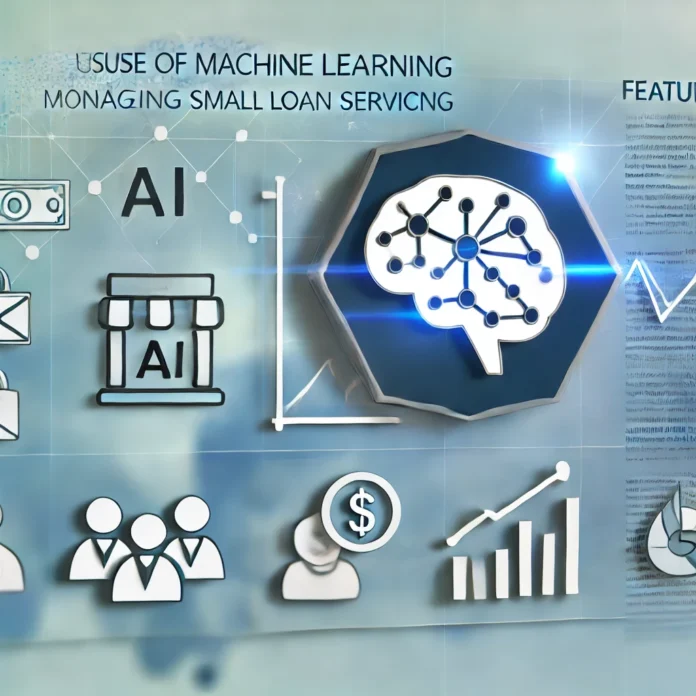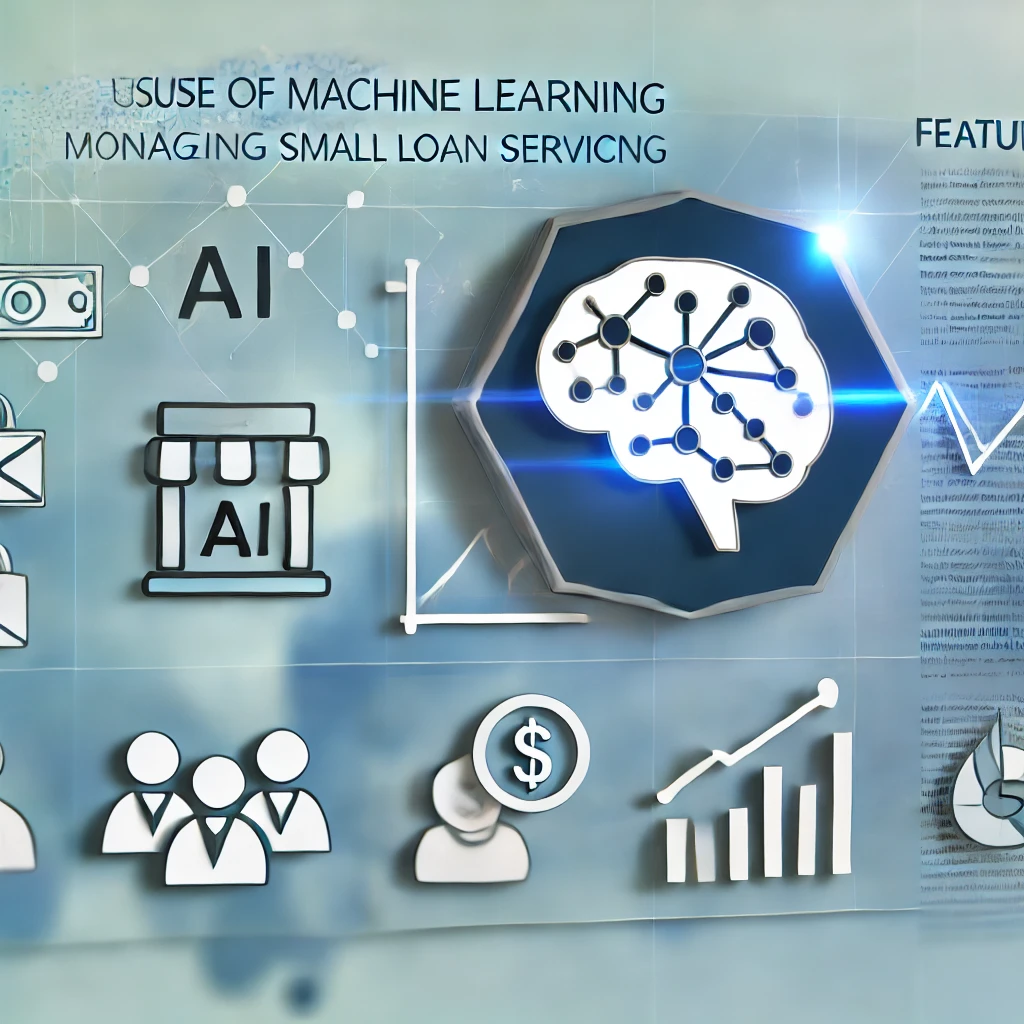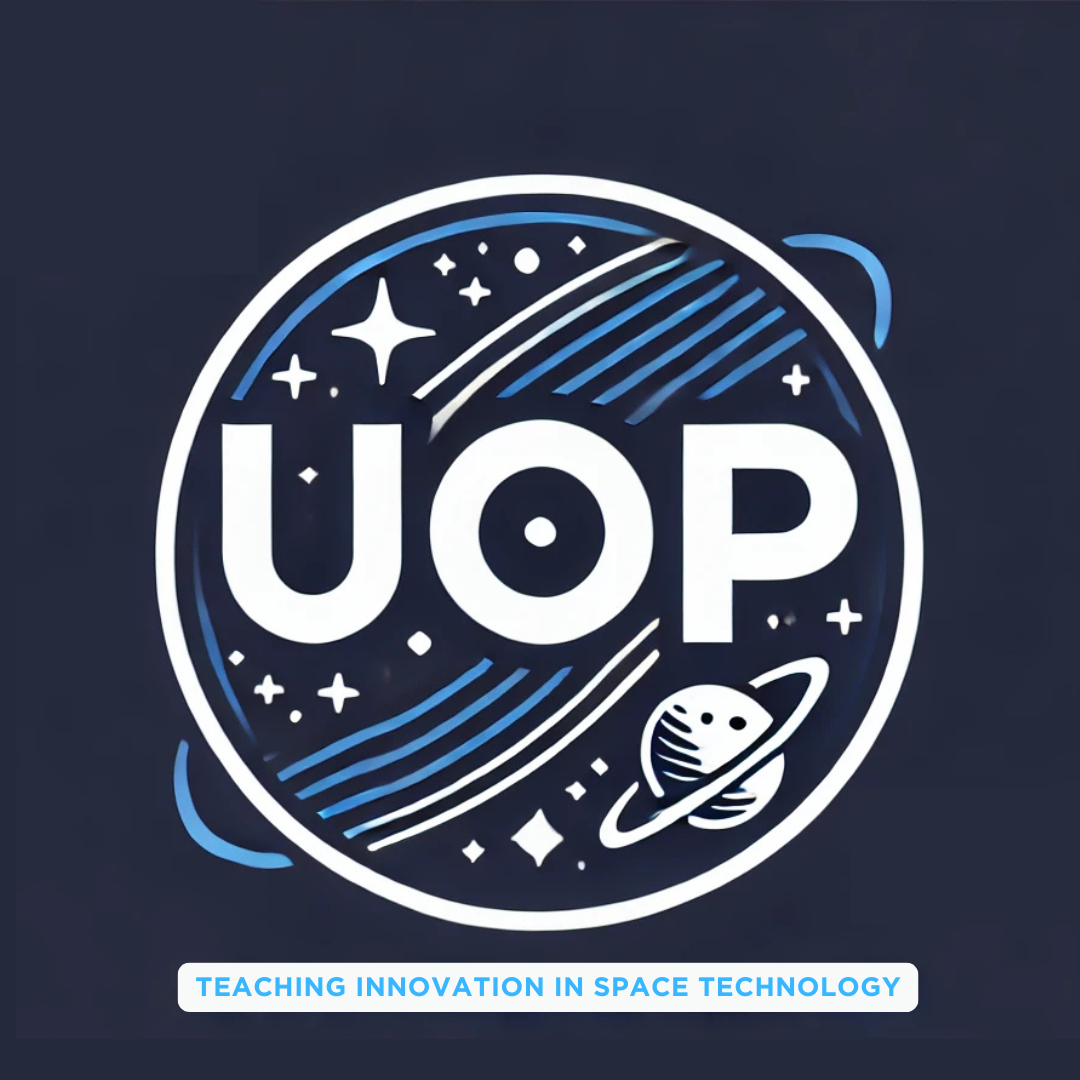The financial sector has been increasingly embracing machine learning (ML) to optimize various services, especially in the area of small loans, as demonstrated by companies like Inbank and Klarna. By harnessing ML, these companies are enhancing credit scoring, fraud detection, loan approval processes, and customer segmentation, thereby improving the overall efficiency of their services. This comprehensive guide explores how machine learning can be utilized in managing and optimizing small loan services, from data collection to ethical considerations.
1. Data Collection
The foundation of any machine learning model is data. For small loan services, the following types of data are crucial:
- Customer Demographics: Age, income, employment status, education level, and geographic location provide insights into a borrower’s profile.
- Transaction History: Tracking the customer’s spending habits, frequency of transactions, and payment patterns helps in predicting future behavior.
- Credit History: Previous credit performance is a strong indicator of future loan repayment ability.
- Behavioral Data: This includes shopping patterns, payment history, and even website interaction data, which can provide additional behavioral insights.
- Social Media and Other Online Activity: While more experimental, some lenders consider online activity (where permissible) to better understand a customer’s trustworthiness and social behaviors.
2. Data Preprocessing
Before feeding data into machine learning models, it needs to be cleaned and transformed to ensure accuracy and consistency:
- Cleaning: This involves correcting errors, removing duplicates, and filling in missing values to make the dataset robust.
- Normalization: Ensures that the data is standardized across different scales, which is crucial for certain ML models that are sensitive to the scale of input data.
- Feature Engineering: Creating new variables from raw data that can enhance model performance. Examples include creating ratios (e.g., debt-to-income ratio) or aggregating transaction histories to identify patterns.
3. Feature Selection
Once the data is processed, it’s essential to identify the most relevant features to include in the model. This can be achieved through:
- Correlation Analysis: Identifying correlations between features and the target variable (e.g., loan repayment status) to select the most impactful features.
- Principal Component Analysis (PCA): A technique used to reduce dimensionality by transforming data into a set of orthogonal components that capture the most variance.
4. Model Development
Different machine learning models can be developed and trained for various tasks within the loan servicing process:
- Credit Scoring: Predicting the likelihood of a borrower repaying the loan is the primary goal. Popular models include:
- Logistic Regression: Effective for binary classification problems like loan default prediction.
- Decision Trees and Random Forests: These models are powerful for handling non-linear relationships and can be used for credit scoring.
- Gradient Boosting and XGBoost: These ensemble methods often outperform simpler models by combining the outputs of multiple weak learners.
- Fraud Detection: Detecting fraudulent activities is another critical application in loan services:
- Anomaly Detection Models: These models identify outliers that may indicate fraudulent transactions or behaviors.
- Neural Networks: Deep learning models, particularly convolutional neural networks (CNNs) and recurrent neural networks (RNNs), can be used to detect complex patterns associated with fraud.
- Customer Segmentation: Grouping customers based on their behavior and creditworthiness:
- K-means Clustering: A simple yet effective algorithm for segmenting customers into different groups.
- Hierarchical Clustering: Useful for creating a tree-like structure of clusters that can represent relationships between different customer segments.
- Loan Approval Automation: Streamlining the loan approval process by automating decisions:
- Decision Trees: Ideal for rule-based decision-making in loan approvals.
- Rule-Based Systems: These can be developed to automate loan approvals based on predefined criteria.
5. Model Training and Validation
To ensure that machine learning models are accurate and generalizable, rigorous training and validation procedures are required:
- Training/Testing Split: The dataset is divided into training and testing sets to evaluate the model’s performance on unseen data.
- Cross-Validation: Techniques like k-fold cross-validation are employed to ensure that the model is not overfitting and can generalize well.
- Evaluation Metrics: Common metrics include accuracy, precision, recall, F1-score, and ROC-AUC. These metrics provide insights into the model’s performance, particularly in imbalanced datasets where classes like “default” may be less frequent.
6. Deployment
Once the models are developed and validated, they need to be deployed into production:
- Integration: The models are integrated with existing loan processing systems, allowing them to automate decisions and optimize workflows in real-time.
- APIs and Frameworks: Tools like Flask, Django, or FastAPI are often used to deploy machine learning models as APIs that can be accessed by other systems. Docker containers are typically used to ensure that the models run consistently across different environments.
7. Monitoring and Maintenance
Model performance should be continuously monitored in production:
- Monitoring: Track key performance metrics such as model accuracy, precision, recall, and processing time. If performance degrades over time, the model may need to be retrained.
- Retraining: Machine learning models need to be updated periodically with new data to reflect changes in customer behavior or market conditions.
- Feedback Loops: Incorporating feedback loops can help in fine-tuning models based on actual outcomes, such as loan repayment rates.
8. Ethical and Legal Considerations
When using machine learning in financial services, it is critical to adhere to ethical and legal standards:
- Data Privacy: Compliance with regulations like GDPR and CCPA is mandatory to ensure that customer data is handled securely and transparently.
- Bias and Fairness: Machine learning models must be designed to avoid discriminatory practices. For instance, care must be taken to prevent models from inadvertently penalizing certain demographic groups. Transparency in decision-making processes can help build trust with customers.
Example Use Cases
- Automated Loan Approval: Predictive models can automate the loan approval process by analyzing an applicant’s profile, credit score, and transaction history. This reduces processing time and enhances customer experience.
- Dynamic Interest Rate Calculation: Machine learning models can dynamically adjust interest rates based on a borrower’s risk profile, optimizing interest income for the lender while offering competitive rates to low-risk borrowers.
- Customer Retention: Predictive analytics can identify customers who are likely to default or churn, allowing lenders to take proactive measures to retain them. Strategies may include offering customized repayment plans or loyalty incentives.
Tools and Technologies
The following tools and technologies are commonly used in developing machine learning models for small loan services:
- Programming Languages: Python and R are widely used due to their extensive libraries and frameworks for data analysis and machine learning.
- Machine Learning Libraries: Scikit-learn, TensorFlow, Keras, and PyTorch are popular for building and training models.
- Data Processing: Pandas and NumPy are essential for handling and manipulating data.
- Visualization: Matplotlib and Seaborn are commonly used for visualizing data and model results.
- Model Deployment: Flask, Django, and FastAPI are used for deploying machine learning models as web services. Docker is often used to containerize applications for consistent deployment across environments.
- Big Data Technologies: Hadoop and Spark are employed for processing large datasets, which is particularly relevant when dealing with millions of customer transactions.
Conclusion
The integration of machine learning into small loan services offers numerous benefits, including improved credit scoring, fraud detection, and automation of loan approvals. By leveraging data-driven insights, companies like Inbank and Klarna can optimize their services, reduce operational costs, and enhance customer satisfaction. However, these advancements must be balanced with ethical and legal considerations to ensure fairness, transparency, and compliance in all financial operations.
As machine learning continues to evolve, it will undoubtedly play an increasingly important role in shaping the future of financial services. For businesses in the loan sector, staying ahead of these trends will be key to maintaining competitiveness and delivering value to customers.





